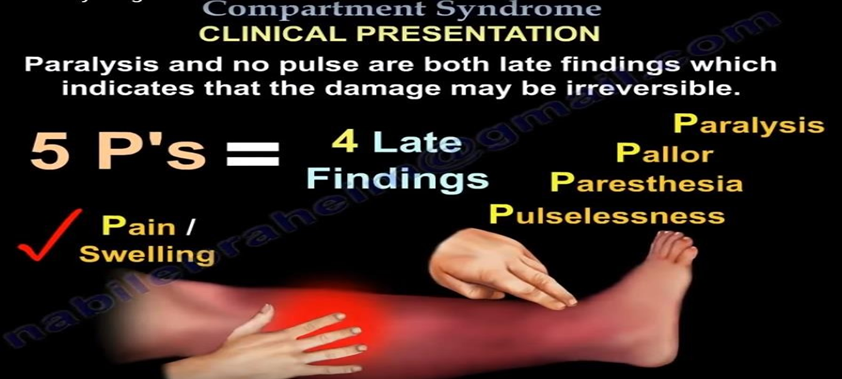A client with a right ulnar fracture and cast placement reports an increase in arm pain. Which action should the nurse take next?
Implement distraction techniques.
Assess right radial pulse volume.
Administer a PRN analgesic.
Measure the blood pressure.
The Correct Answer is B
B. An increase in pain after cast placement could indicate complications such as compartment syndrome, which is a serious condition that occurs when increased pressure within a confined space (such as the area within the cast) compromises circulation and tissue perfusion. Assessing the radial pulse volume on the affected arm is crucial to evaluate perfusion distal to the fracture site.
A. Distraction technique may help manage the client's pain but does not address the underlying cause of the pain increase, which could be related to compromised circulation.
C. Analgesics relieve pain but do not address the immediate limb threatening issue at hand.
D. Measuring blood pressure is not directly related to assessing circulation distal to the fracture site.

Nursing Test Bank
Naxlex Comprehensive Predictor Exams
Related Questions
Correct Answer is B
Explanation
B. Tidaling is an expected finding in a functioning chest drainage system and indicates proper drainage of air or fluid from the pleural space. Continuously monitoring the drainage system allows the nurse to assess the volume, color, and consistency of drainage.
A. Rising water levels during inspiration and falling during expiration are indicative of proper chest tube function, therefore, auscultation for breath sounds may not provide additional relevant information related to the functioning of the chest tube.
C. Performing this action unnecessarily may disrupt the functioning of the drainage system and should only be done if specifically instructed by the healthcare provider.
D. While it is important to monitor for leaks, the observation of tidaling in the water-seal chamber does not necessarily indicate a leak at the insertion site.
Correct Answer is C
Explanation
C. Peptic ulcer disease involves the formation of open sores in the lining of the stomach or the duodenum. The characteristic symptom of PUD is abdominal pain, typically located in the upper mid abdomen. This pain is often described as gnawing, burning, or aching in nature. The pain may occur shortly after eating, especially when the stomach is empty (gastric ulcer), or it may occur 2-3 hours after eating, typically at night (duodenal ulcer).
A. describes symptoms more suggestive of irritable bowel syndrome (IBS) or gastrointestinal sensitivity to spicy foods, leading to cramps and diarrhea, but it is less specific to PUD.
B. indicates frequent use of antacids for indigestion, which may suggest symptoms of acid reflux or gastritis but do not specifically point to the presence of peptic ulcers.
D. suggests more severe systemic issues such as malignancy or chronic diseases rather than solely PUD.
Whether you are a student looking to ace your exams or a practicing nurse seeking to enhance your expertise , our nursing education contents will empower you with the confidence and competence to make a difference in the lives of patients and become a respected leader in the healthcare field.
Visit Naxlex, invest in your future and unlock endless possibilities with our unparalleled nursing education contents today
Report Wrong Answer on the Current Question
Do you disagree with the answer? If yes, what is your expected answer? Explain.
Kindly be descriptive with the issue you are facing.
